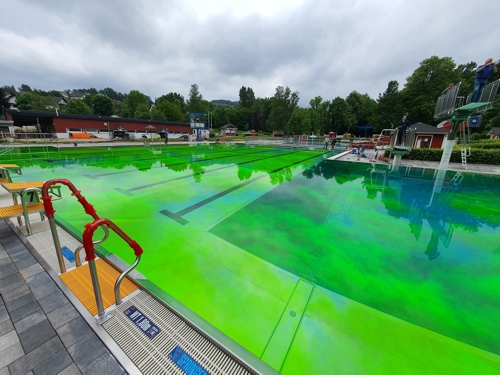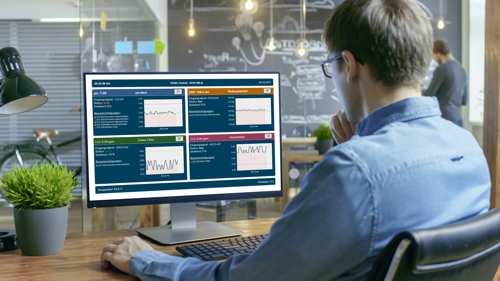At Humboldt University in Berlin was researched at this time on tomatoes. There is a fungus, which spreads of hydroponics and encourage the plants to growth of the roots. This fungus spreads through the water, which brings the minerals and fertilizer to the roots. It was therefore examined, what concentration may the chlorine have in this water and what changes in the yield will occur.
Description
In the greenhouses of Humboldt University in Berlin research was done in two directions . In the direction A healthy tomato plants were in 4 treated groups with a rhythmic dosage of chlorine. Both the rhythm and the concentration of the dosing was varied. In the direction B in the security area, the parallel effect of chlorine on healthy and sick plants were examined. The chlorine in both areas was prepared electrolytically. For the plant this chlorine was prepared on the basis of potassium salts. Plants do not tolerate the sodium normally used.
Measurement
The first test series had failed, because the measurement technology used was not suitable. Naturally, the biofilm growing in a nutrient-rich environment in the pipes particularly well. Light conditions in the greenhouse have intensified this effect. The biofilm was formed within a few hours on the surfaces of the sensor. The normal time intervals of 24 hours were not enough. Because the used sensor wears off with frequent cleaning was changed to a more robust system. This system had to be modified, that are alternately measured and dosed every plant groups .
Control
The devices normally used bidding on this special case is not the necessary tools. Therefore, a higher-level control (PLC Schneider HMISCU) programmed, which specifies the parameters, that controls the way of the sample water and assigns the groups of dosage . Between the PLC and the controller communication via ModBus RTU has been established. The necessary valves were actuated by the PLC. At the same time, the measured values were regularly on the PLC stored. These values were later evaluated by the scientific staff. Over the first period of use and the results of a research assistant has successfully written his doctoral thesis.

Another challenge was, that the dosage of free chlorine was performed in nutrient-rich water. The free chlorine has been converted in seconds up to a saturation value in combined chlorine. To this saturation value did not need to exceed significantly a special function to be incorporated into the dosage. In addition, it was necessary, to program the displays of the PLC so, that the frequently changing students and the academic staff needed little time to incorporate.
The measurement- and dosing systems are still running in my view.
The object is located here:
Display of localization in the external Link.
My services:
- Conception of measuring system
- Programming PLC and controller
- Installation and adjustment on site
My client:
- DOSATRONIC GmbH, Ravensburg
- Humboldt University of Berlin, Section Biological Systems
Sources:
- https://pixabay.com













Leave a Reply
You must be logged in to post a comment.